Rejuvenate outdoor spaces with a welcoming vibe
An outdoor ceiling light is an ambient light fixture that is installed in outdoor covered structures. It casts straight down through a diffuser to evenly distribute the light while eliminating unsightly glare. Ceiling lights are one of the most popular and versatile light fixtures for both interior and exterior applications. Whether decorative or strictly utilitarian, they have the unique ability to add design sensibilities to a space while providing a pool of visually comfortable light for a variety of uses. Outdoor ceiling lights are used to fill in shadows and provide orientation. This type of lights are required to radiate a pleasant ambiance to make the entry of a building appear welcoming.
Serving areas
Outdoor ceiling lights are the common choice of light fixtures for illuminating sheltered outdoor environments like porches, verandas, balconies, stoops, pergolas, arbors, porte cocheres, galleries, porticos, canopies, covered decks, covered patios, and covered bridges. A porch, which is often referred to as an outdoor parlor, provides access to the building entrance. It is typically integrated with the house’s architecture. A portico is a porch structure consisting of a roof supported by a series of columns. A stoop is a small entrance porch consisting of steps that lead directly to the entrance of a structure. A gallery is a long, narrow corridor space, typically elevated and supported by columns. A veranda is a long, roofed, open gallery that extends around the front and sides of a structure and is supported by pillars. A porte cochere is a roofed platform extending from the entrance of a building over a driveway. It is used to shelter those getting in and out of vehicles. Most of these structures are 10 to 6 feet deep, which are well accommodated by ceiling lights.
Types of ceiling-mounted fixtures
Ceiling-mounted fixtures are divided into the flush mount type and the semi-flush mount type. Flush mount ceiling lights are surface mounted fixtures that attach directly to the ceiling, leaving no gap between the ceiling and the fixture. Semi-flush mount lights are close-to-ceiling fixtures that drop a short distance below the ceiling. Semi-flush lights include a rod or chain and are typically suspended 10 inches from the ceiling. Flush mount ceiling lights boast excellent space-saving qualities and are used in spaces with low ceiling heights (below 8′). While flush mount lights have a more casual, inconspicuous aesthetic, semi-flush lights are more decorative. They can stand out as artistic centerpieces like chandeliers or pendant lights but consume much less vertical space. Offering the same exquisite styling in a more compact form, semi-flush ceiling lights can take the place of a decorative chandelier in spaces with ceiling heights of 9′ to 10′.
Outdoor robustness
Outdoor ceiling lights tend to have a universal design. These fixtures are available in either round or square models with sizes ranging from 6″ to 30″. A decorative trim in polished chrome or wood finish may be used to accent the fixture. The optical diffuser gives much of the aesthetic appearance to a ceiling light while providing full diffusion and de-glaring of light emitted by the light source. It can be made from polycarbonate (PC), acrylic (PMMA), or glass. PC and PMMA diffusers are preferred for outdoor installations because of their high impact resistance. However, they must be ultraviolet stabilized for outdoor applications. The diffuser twist-locks into the housing which is fabricated from die-formed steel, die-cast aluminum, or ABS plastics.
Outdoor ceiling lights are usually gasketed to prevent ingress of water and dust as well as the intrusion of bugs. These fixtures must be rated for use in wet locations. Wet locations are defined as environments where water or other liquids may drip, splash, or flow on or against the electrical components of a light fixture.
Technology implementation
Outdoor ceiling lights are either lamp-based systems or integrated LED systems. Lamp-based LED systems, as the name suggests, are light fixtures that come with sockets for accommodating LED replacement bulbs. The light fixture itself is essentially a holder. These light fixtures are bulky because of the use of light bulbs. For the same reason light fixtures of this type are also limited in performance, efficiency and lifespan. Integrated LED systems are equipped with a light engine that mounts the compact, discrete LEDs directly on a printed circuit board. Integrated design lends ceiling lights a low profile design, a long lifespan, uniform illumination, high optical and circuit efficiencies, and more dimming and control options.
The LED light engine of ceiling lights can be operated by SMPS driver or designed as a driver-on-board (DOB) assembly. DOB lights have a cost advantage due to the reduced component counts and can be made extremely thin since the driver components are on the same metal-core printed circuit board (MCPCB) with the LEDs. However, the driver circuit of a DOB lights is designed as a linear power supply which is less efficient than SMPS drivers. A substantial amount of power is dissipated as heat that can add to the thermal load of the system, which will shorten the lifespan of co-located LEDs.

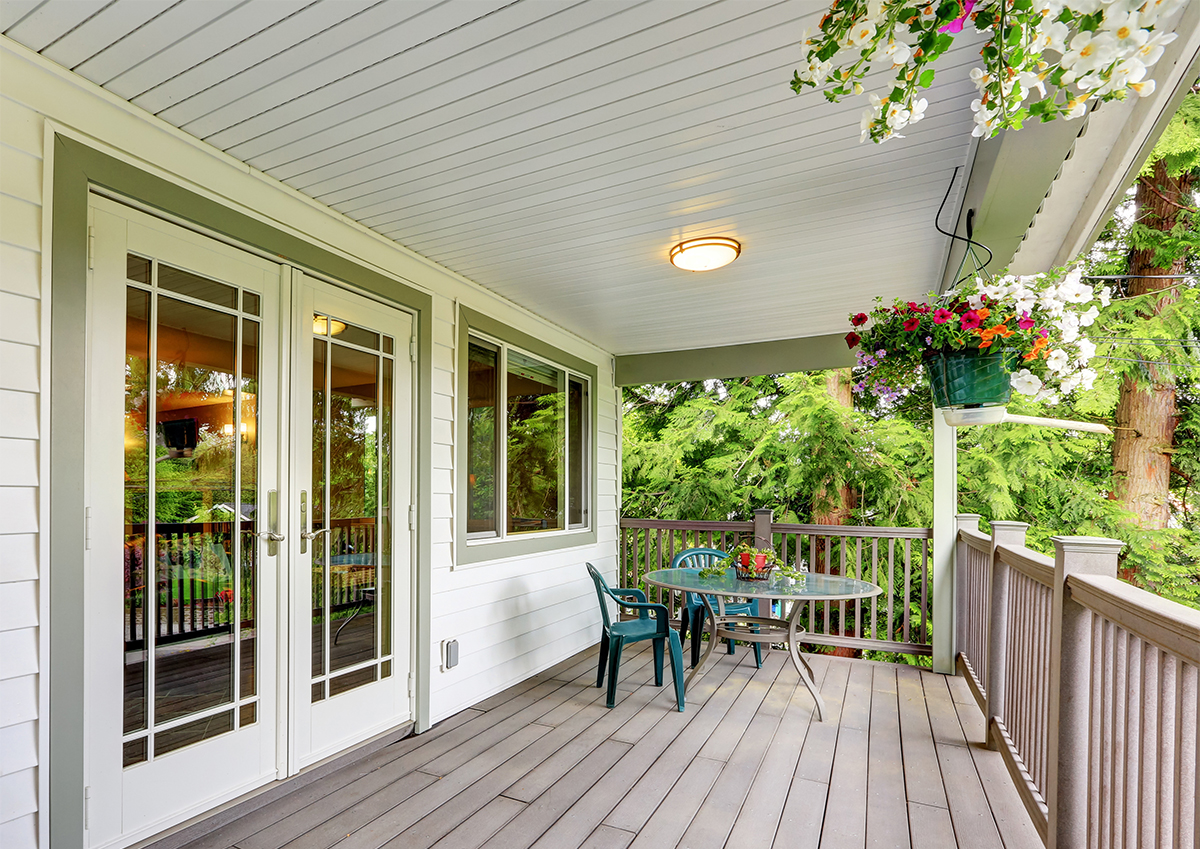
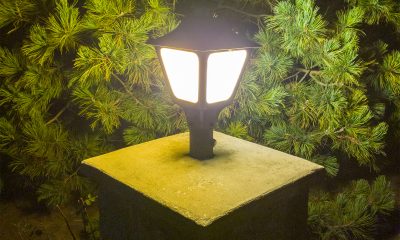
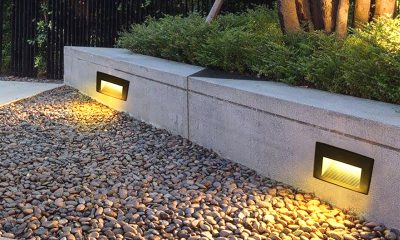
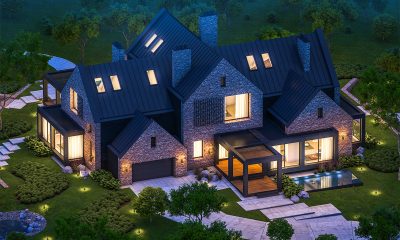
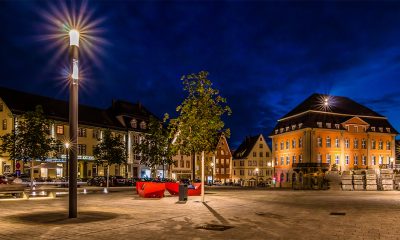
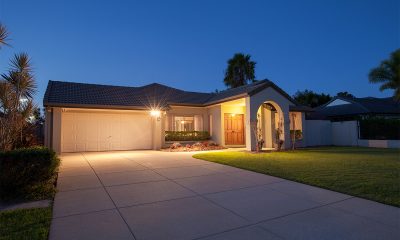
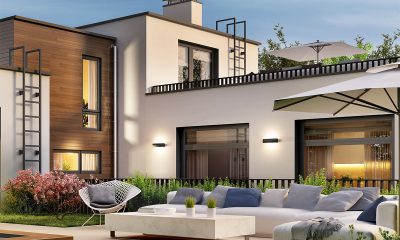
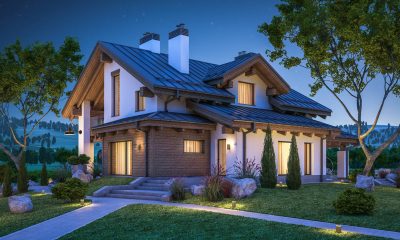

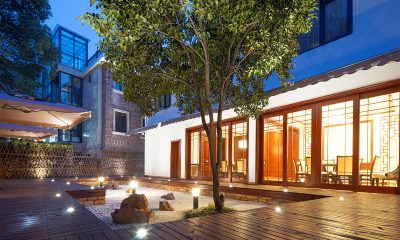
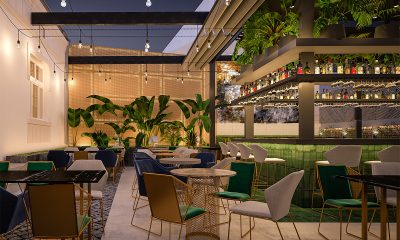
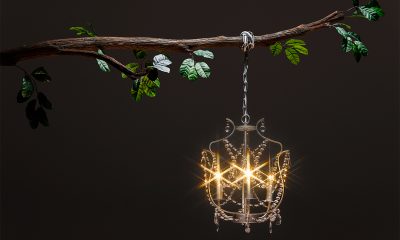






Loading...